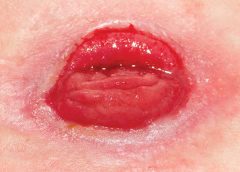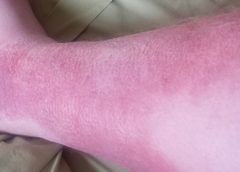By T. Michael Britton, RN, NHA, WCC, DWC
As wound care professionals, we’ve all experienced a time when we felt that our patient didn’t have the appropriate wound treatment orders. However, the physician, nurse practitioner, or other prescriber wouldn’t follow your recommendation. This situation is not only frustrating but can delay the healing process. This article explores why a prescriber might not follow your recommendation and offers solutions. It focuses on physicians, because I’ve had the most experience with them. (more…)
Read More

